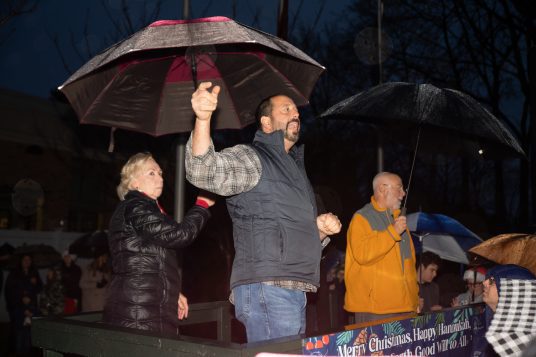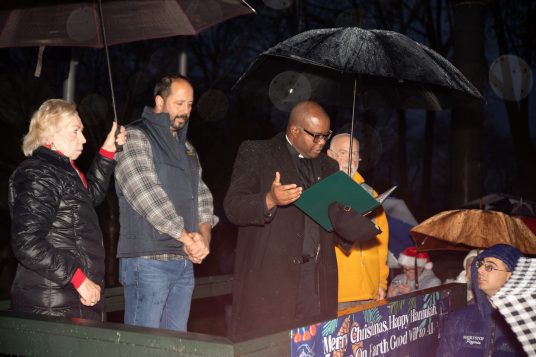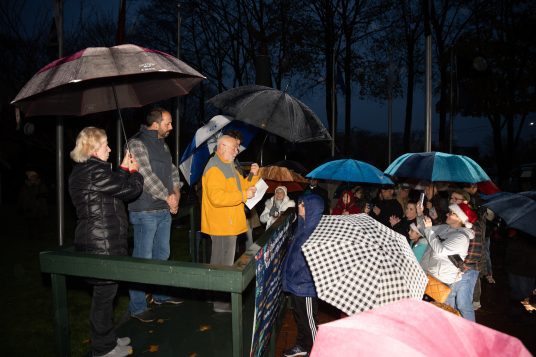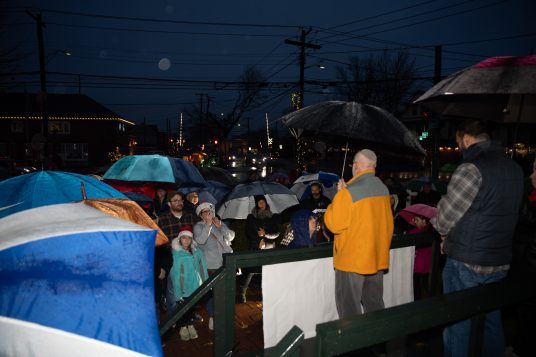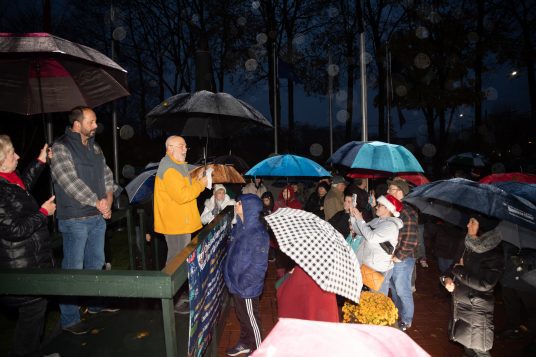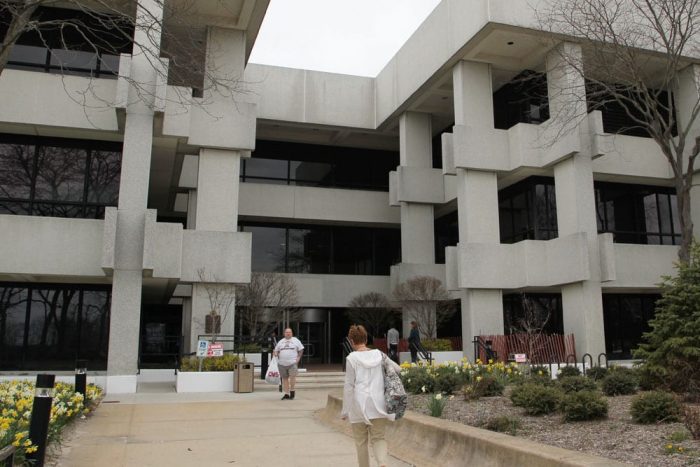By Daniel Dunaief
Addition and subtraction aren’t just important during elementary school math class or to help prepare tax returns.
As it turns out, they are also important in the molecular biological world of healthy or diseased cells.
Some diseases add or subtract methyl groups, with a chemical formula of CH3, or phosphate groups, which has a phosphorous molecule attached to four oxygen molecules.

Adding or taking away these groups can contribute to the progression of a disease that can mean the difference between sitting comfortably and watching a child’s performance of The Wizard of Oz or sitting in a hospital oncology unit, waiting for treatment for cancer.
Given the importance of these units, which can affect the function of cells, researchers have spent considerable time studying enzymes such as kinases, which add phosphates to proteins.
Protein tyrosine phosphatases, which Professor Nicholas Tonks at Cold Spring Harbor Laboratory purified when he was a postdoctoral researcher, removes these phosphate groups.
Recent PhD graduate Zhe Qian, who conducted research for six years in Tonks’s lab while a student at Stony Brook University, published a paper in the journal Genes & Development demonstrating how an antibody that interferes with a specific type of protein tyrosine phosphatase called PTPRD alters the way breast cancer spreads in cell cultures.
“The PTPs are important regulators of the process of signal transduction — the mechanisms by which cells respond to changes in their environment,” explained Tonks. “Disruption of these signal transduction mechanisms frequently underlies human disease.”
To be sure, Tonks cautioned that the study, which provides a proof of concept for the use of antibodies to manipulate signaling output in a cancer cell, is a long way from providing another tool to combat the development or spread of breast cancer.
The research, which formed the basis for Qian’s PhD project, offers an encouraging start on which to add more information.
Blocking the receptor
Qian, who goes by the name “Changer,” suggested that developing a compound or small molecule to inhibit or target the receptor for this enzyme was difficult, which is “why we chose to use an antibody-based method,” he said.
By tying up a receptor on the outside of the cell membrane, the antibody also doesn’t need to enter the cell to reach its target.
The Antibody Shared Resource, led by Research Associate Professor Johannes Yeh, created antibodies to this particular receptor. Yeh created an antibody is shaped like a Y, with two arms with specific attachments for the PTPD receptor.
Once the antibody attaches, it grabs two of these receptors at the same time, causing a dimerization of the protein. Binding to these proteins causes them to lose their functionality and, ultimately, destroys them.
Cell cultures of breast cancer treated with this antibody became less invasive.
Limited presence
One of the potential complications of finding a new target for any treatment is the side effects from such an approach.
If, for example, these receptors also had normal metabolic functions in a healthy cell, inhibiting or killing those receptors could create problematic side effect.
In this case, however, the targeted receptor is expressed in the spine and the brain. Antibodies normally don’t cross the blood-brain barrier.
Qian and Tonks don’t know if the antibody would affect the normal function of the brain. Further research would help address this and other questions.
Additionally, as with any possible treatment, future research would also need to address whether cancer cells developed resistance to such an approach.
In the time frame Qian explored, the cells in culture didn’t become resistant.
If the potential therapeutic use of this antibody becomes viable, future researchers and clinicians might combine several treatments to develop ways to contain breast cancer.
Eureka moment
In his research, Qian studied the effect of these antibodies on fixed cell, which are dead but still have the biochemical features of a living cell He also studied living cells.
When the antibody attaches to the receptor, it becomes visible through a staining process. Most antibody candidates stain living cells. Only the successful one showed loss-of-signal in living staining.
The antibody Qian used not only limited the ability of the receptor to send a signal, but also killed the receptor. The important moment in his research occurred when he discovered the antibody suppressed cancer cell invasion in cell culture.
Outside of the lab, Qian enjoys swimming, which he does between four and five times per week. Indeed, he combined his athletic and professional pursuits when he recently raised funds for Swim Across America.
“I not only want to do research, but I also want to call more attention to cancer research in the public,” said Qian.
The Swim Across America slogan suggests that each stroke is for someone who “couldn’t be with us” because of cancer. In the lab, Qian thinks each time he pipettes liquids during one of his many experiments it is for someone who couldn’t make it as well.
Qian, who currently lives in Hicksville, grew up in Suchow City, which is a village west of Shanghai and where Cold Spring Harbor Asia is located.
Qian has been living on Long Island since he arrived in the United States. Qian graduated from Stony Brook University in October and is currently looking for a job in industry.
Looking back, Qian is pleased with the work he’s done and the contribution he’s made to breast cancer research. He believes the antibody approach offers a viable alternative or complement to searching for small molecules that could target or inhibit proteins or enzymes important in the development of cancer.












